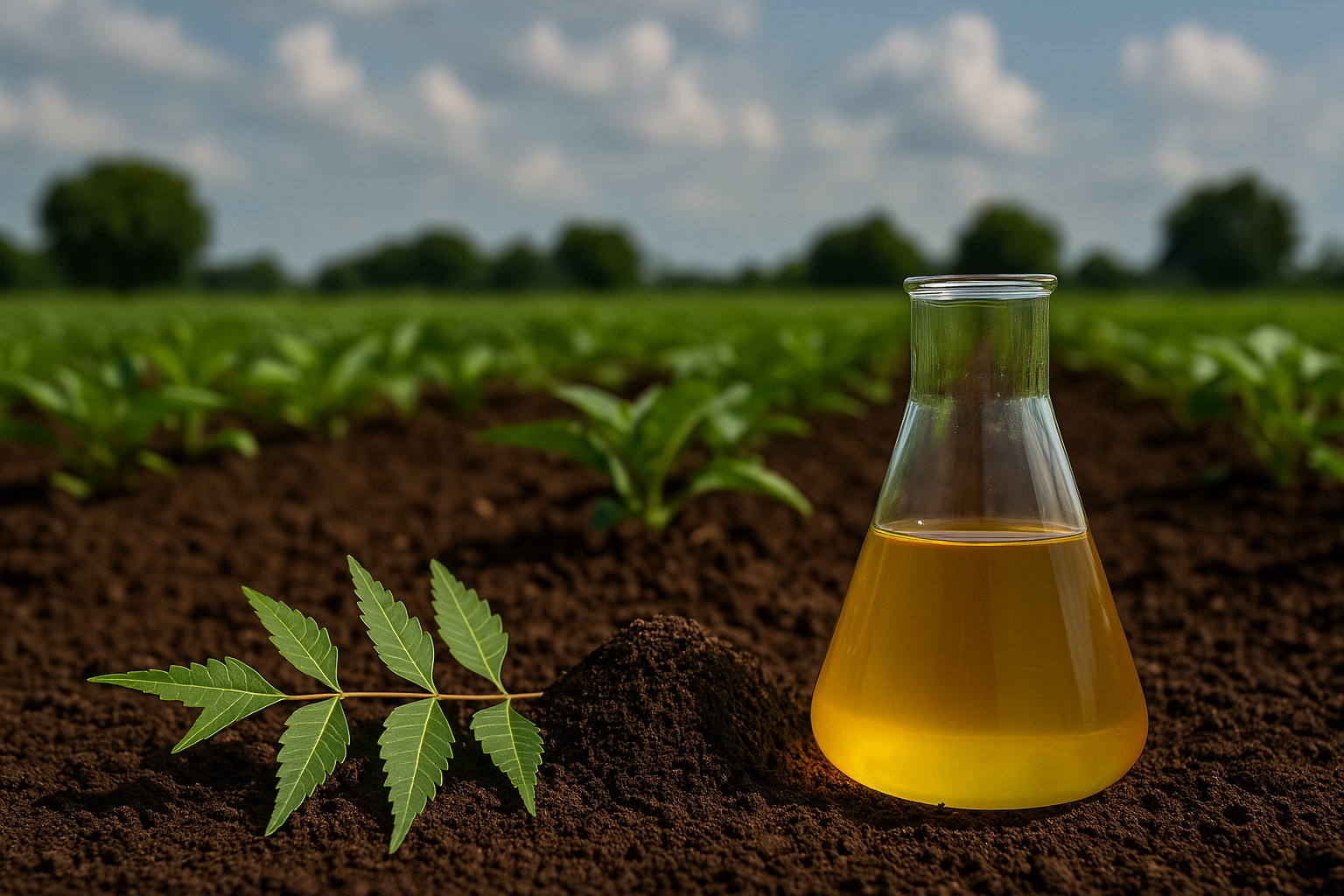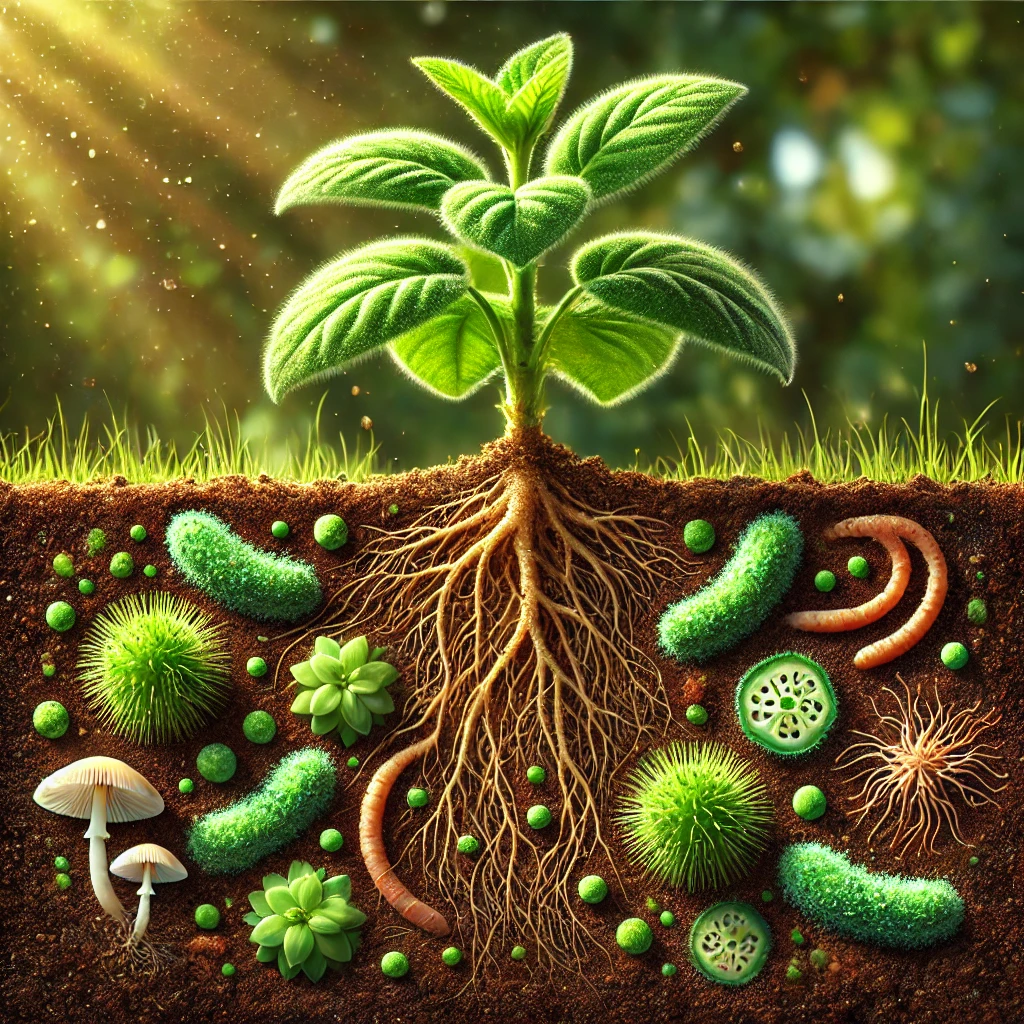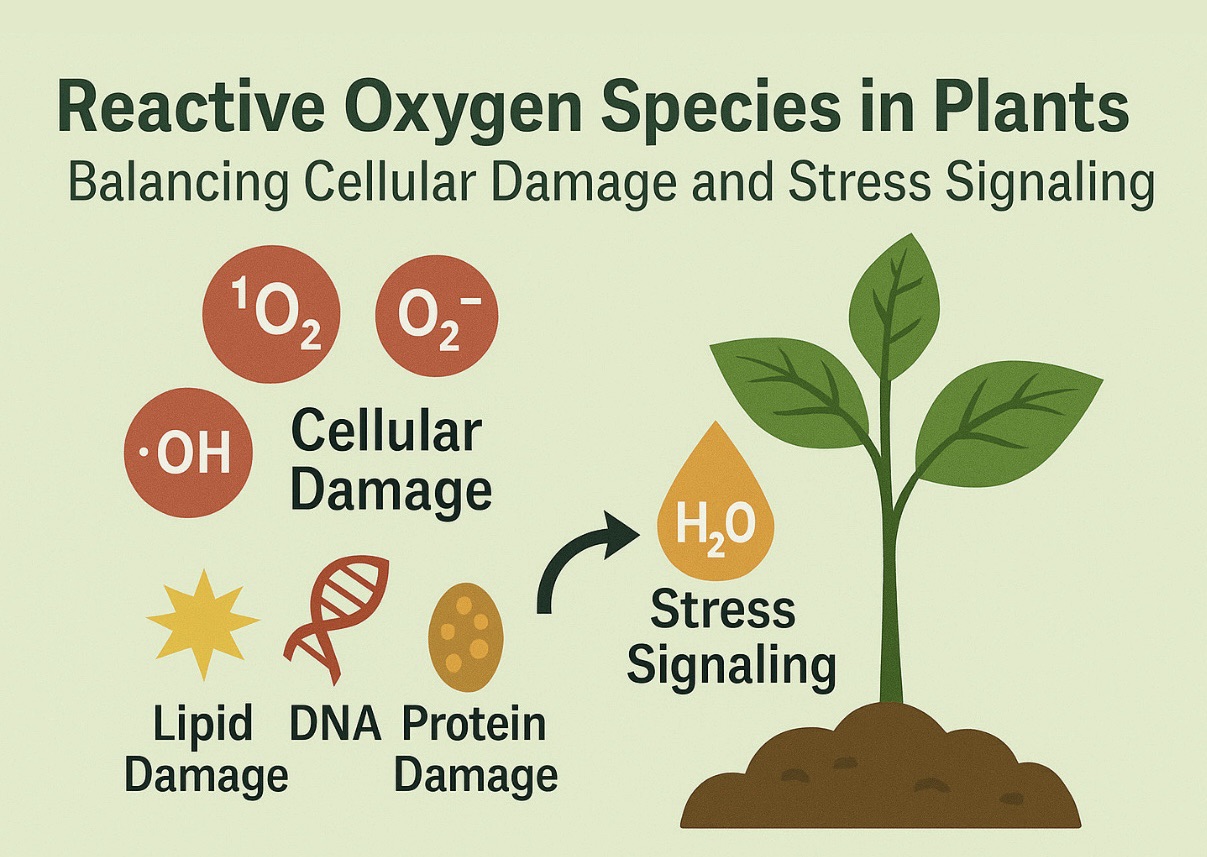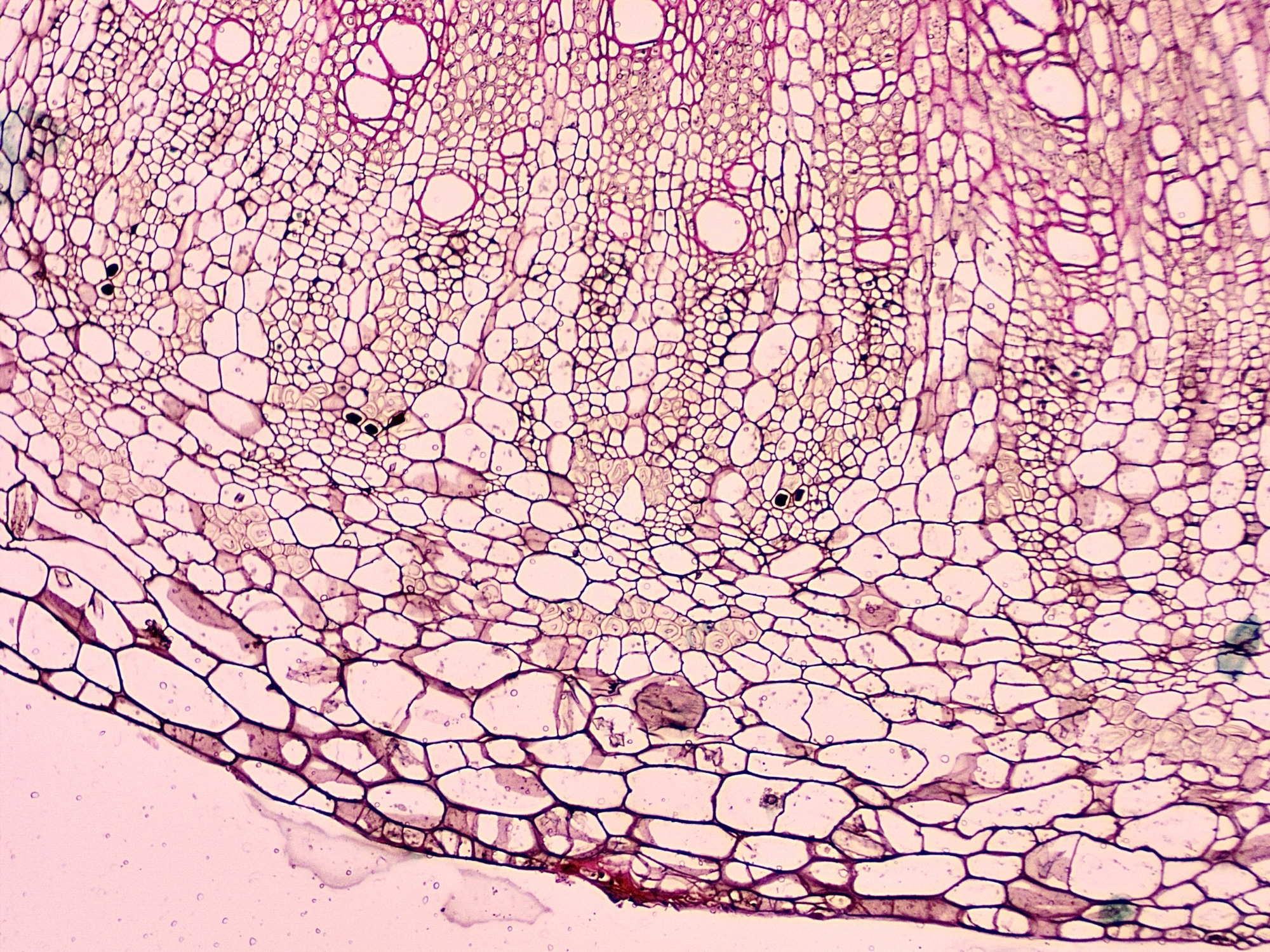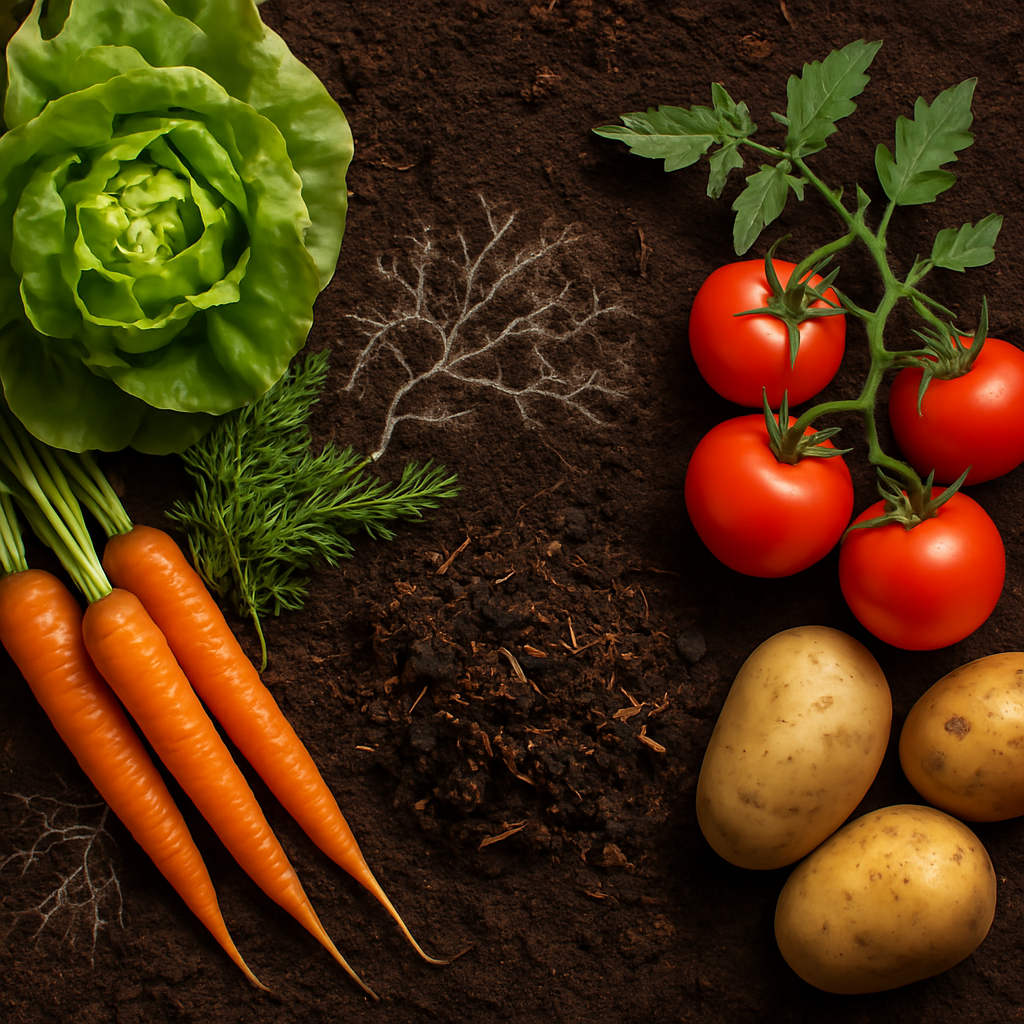Modern agriculture stands at a crossroads. On one hand, it must meet the rising global demand for food. On the other, it must do so without causing irreversible harm to ecosystems and human health. One of the key concerns in intensive farming is the widespread use of synthetic chemical pesticides. While these chemicals have undoubtedly increased crop productivity, their long-term consequences—such as environmental pollution, pesticide resistance, and loss of biodiversity—have become too significant to ignore.
Amid these concerns, biopesticides are gaining recognition as a sustainable, eco-friendly alternative. Derived from natural sources such as plants, bacteria, fungi, and even certain minerals, biopesticides are revolutionizing pest management by offering targeted, low-impact solutions.
What Are Biopesticides?
Biopesticides are a category of pest control products that derive from natural materials such as microorganisms, plants, animals, and certain minerals. They are designed to suppress the activity or population of agricultural pests—including insects, weeds, nematodes, fungi, and bacteria—without harming the surrounding environment, beneficial organisms, or human health. These nature-based solutions work through various biological mechanisms, such as disrupting pest development, deterring feeding, or introducing pathogens that specifically target harmful species.
Unlike conventional chemical pesticides, which often act as broad-spectrum toxins affecting a wide range of organisms, biopesticides are typically species-specific. This precision makes them far less likely to harm non-target organisms such as pollinators, natural predators, or soil microbes. Moreover, biopesticides are usually biodegradable, meaning they break down quickly in the environment, leaving little to no harmful residue. This characteristic greatly reduces the risk of environmental pollution and makes biopesticides a safer choice for both farmers and consumers.
The development and application of biopesticides are rooted in an ecological understanding of agricultural systems. They harness naturally occurring interactions—such as predation, parasitism, and competition—to keep pest populations in check. In doing so, biopesticides help to restore and maintain ecological balance within farming systems, enhancing the resilience of crops to pest outbreaks without relying on chemical inputs.
In recent years, biopesticides have gained prominence as a vital part of Integrated Pest Management (IPM) strategies. IPM is a holistic approach that combines multiple methods—cultural, mechanical, biological, and chemical (used as a last resort)—to achieve effective and sustainable pest control. Within this system, biopesticides are used not only as direct pest control agents but also to reduce the dependency on synthetic chemicals and to minimize the risk of pesticide resistance.
With growing concerns about pesticide residues in food, the health of pollinators, and the long-term viability of chemical-dependent agriculture, biopesticides represent a promising alternative. Their integration into modern farming practices is not only improving crop protection but also helping to meet the increasing global demand for food that is both safe and sustainably produced.
Types of Biopesticides
Biopesticides can be broadly categorized into three main types, each offering unique modes of action and benefits.
1. Microbial Biopesticides
These biopesticides contain living microorganisms—such as bacteria, fungi, viruses, or protozoa—that act against specific pests either by producing toxins, parasitizing the pest, or outcompeting them in the environment.
A classic example is Bacillus thuringiensis (Bt), a bacterium that produces crystal proteins toxic to insect larvae. When ingested, these proteins destroy the gut lining of target insects, leading to their death. Bt is highly specific, affecting only certain insect species and leaving other wildlife unharmed.
Fungal-based microbial pesticides like Beauveria bassiana infect insects through contact. Once the fungal spores land on the pest’s body, they germinate, penetrate the insect’s cuticle, and multiply inside, eventually killing the pest. This method is especially effective against soft-bodied insects like aphids, whiteflies, and thrips.
Viruses such as Nucleopolyhedroviruses (NPVs) and Granuloviruses (GVs) are also used in microbial biopesticides, particularly against lepidopteran larvae (caterpillars). These viruses infect and replicate within the pest’s cells, causing rapid breakdown of tissues and eventual death.
Protozoa are less commonly used but hold potential for targeting specific pest types, especially in aquatic environments or as part of combined biocontrol strategies.
2. Botanical Biopesticides
Botanical pesticides are plant-derived compounds that deter or eliminate pests. These substances are typically part of a plant’s natural defense system and have been used in traditional agriculture for centuries.
Neem-based products are among the most well-known botanical biopesticides. Neem oil contains azadirachtin, a compound that interferes with insect growth and reproduction. It acts as an antifeedant, growth inhibitor, and sterilant—all rolled into one—making it extremely effective in managing a broad spectrum of pests.
Pyrethrins, extracted from the flowers of Chrysanthemum cinerariaefolium, are natural neurotoxins that rapidly paralyze and kill insects. Though short-lived in sunlight, their effectiveness has made them a staple in both organic and home gardening.
Essential oils—like those from clove, peppermint, citronella, and rosemary—are gaining popularity as contact insecticides and repellents. Their strong aromas and bioactive compounds deter pests while remaining safe for human handling and beneficial insects.
Other promising botanical biopesticides include compounds from garlic, chili, turmeric, and even some seaweed extracts, which are being explored for their antifungal and antibacterial effects.
3. Biochemical Biopesticides
Biochemical biopesticides are naturally occurring substances that control pests through non-lethal means such as disruption of behavior, feeding, mating, or hormonal balance.
Insect sex pheromones, for instance, are synthetic versions of the natural chemicals insects use to communicate. By releasing these pheromones in the field, farmers can confuse male insects and prevent them from locating females, thus interrupting the breeding cycle. This is especially effective in managing moths like the codling moth in apple orchards.
Other biochemical pesticides include kairomones (which attract natural enemies of pests), allomones (which repel pests), and plant growth regulators (which can suppress weed or pest growth). These approaches are subtle but powerful, often working best when integrated with other IPM components.
Advantages of Biopesticides Over Chemical Pesticides
The appeal of biopesticides lies in their multifaceted benefits—not only to crops and farmers but to ecosystems as a whole.
1. Environmental Sustainability
Biopesticides are typically biodegradable and break down quickly in the environment. They do not accumulate in the soil, water, or food chain, reducing the risk of long-term environmental contamination.
2. Target Specificity
Unlike many chemical pesticides that indiscriminately kill insects—both harmful and beneficial—biopesticides often target specific pest species. This preserves helpful organisms like pollinators (bees, butterflies) and natural predators (lady beetles, spiders), supporting a balanced agroecosystem.
3. Reduced Health Risks
Biopesticides are generally non-toxic to humans and animals. Farm workers face fewer health risks during application, and consumers benefit from lower pesticide residues in food products.
4. Lower Risk of Resistance Development
Pests often develop resistance to chemical pesticides due to their single mode of action. Biopesticides, on the other hand, frequently involve multiple biological pathways or work in combination with natural enemies, making it harder for pests to adapt.
5. Compatibility with Organic and Precision Agriculture
Biopesticides fit seamlessly into organic farming systems and are also ideal for precision agriculture, where minimal input and targeted action are essential. They can be applied in specific areas or at specific times to maximize effectiveness and reduce input waste.
6. Soil Health and Microbial Balance
Many chemical pesticides disrupt soil microflora, affecting nutrient cycling and long-term fertility. Biopesticides tend to be neutral or even beneficial to soil microbes, helping maintain healthy soil biology.
The Role of Biopesticides in Sustainable Agriculture
Biopesticides are more than just a safer alternative—they are foundational to the future of sustainable farming. As climate change, resource scarcity, and soil degradation increasingly challenge agriculture, biopesticides offer practical solutions for building resilient systems.
1. Enhancing Biodiversity
By targeting only specific pests and preserving beneficial organisms, biopesticides promote biodiversity in and around farmland. This creates a more robust ecosystem that can self-regulate and adapt to changes more effectively.
2. Supporting Soil and Water Conservation
Because they degrade quickly and do not leach into groundwater, biopesticides help reduce water pollution and protect aquatic life. They also support the activity of beneficial soil microbes that enhance nutrient availability and structure.
3. Lower Carbon Footprint
Biopesticide production and application generally have a smaller carbon footprint compared to the manufacture and repeated use of synthetic agrochemicals. Many biopesticides can even be produced locally, reducing dependence on international supply chains.
4. Promoting Farmer Autonomy and Local Innovation
Biopesticides, especially botanical extracts and microbial formulations, can often be developed and applied using local resources. This empowers small and marginal farmers to innovate and reduce reliance on costly imported chemicals.
5. Facilitating Regulatory Compliance and Market Access
As global regulations around pesticide residues become stricter, especially in export markets, biopesticides offer a way for farmers to meet quality standards. Many organic and eco-label certifications require or favor the use of biopesticides.
6. Strengthening Climate Resilience
With climate change intensifying pest outbreaks and changing pest behavior, biopesticides provide a flexible and adaptable tool. Their use in IPM programs can help farmers respond rapidly without resorting to aggressive chemical measures that may backfire in the long term.
Conclusion: Working With Nature, Not Against It
Biopesticides represent more than a technical solution—they symbolize a shift in how we think about agriculture. By working with nature’s own defenses, we can cultivate crops in ways that are not only productive but also regenerative.
As scientific research advances and farmers continue to seek safer, more sustainable practices, biopesticides will play an increasingly central role in global agriculture. Their benefits go beyond pest control—they support soil health, protect pollinators, conserve biodiversity, and align with the growing consumer demand for clean, responsibly grown food.
In embracing biopesticides, we honor a simple but powerful idea: that nature, when respected and understood, offers all the tools we need for a healthier, more sustainable future.
References
Glare, T. R., Caradus, J. R., Gelernter, W. D., Jackson, T. A., Keyhani, N. O., Köhl, J., Marrone, P. G., Morin, L., & Stewart, A. (2012). Have biopesticides come of age? Trends in Biotechnology, 30(5), 250–258. https://doi.org/10.1016/j.tibtech.2012.01.003
Copping, L. G., & Menn, J. J. (2000). Biopesticides: a review of their action, applications and efficacy. Pest Management Science, 56(8), 651–676. https://doi.org/10.1002/1526-4998(200008)56:8<651::AID-PS186>3.0.CO;2-#
Food and Agriculture Organization of the United Nations (FAO). (2021). The state of the world’s biodiversity for food and agriculture.
Retrieved from: http://www.fao.org/
United States Environmental Protection Agency (EPA). (2023). What are Biopesticides?
Retrieved from: https://www.epa.gov/ingredients-used-pesticide-products/what-are-biopesticides
Indian Council of Agricultural Research (ICAR). (2022). Biopesticides and their role in Indian agriculture.
Retrieved from: https://icar.org.in
Kumar, S., & Singh, A. (2015). Current status of biopesticides: New insights in pest management. Journal of Biofertilizers & Biopesticides, 6(1), 1–5. https://doi.org/10.4172/2155-6202.1000156
Marrone, P. G. (2019). Pesticidal natural products – Status and future potential. Pest Management Science, 75(9), 2325–2340. https://doi.org/10.1002/ps.5453
National Centre for Organic Farming (India). (2020). Manual on Biopesticides.
Retrieved from: http://ncof.dacnet.nic.in






